Norway’s coastline is one of the world’s longest and most breathtaking, shaped by dramatic fjords, countless islands, and a rich maritime heritage. From Arctic wilderness to bustling port cities, the coast is central to Norwegian life.
The spectacular Norwegian coastline draws millions of visitors every year. But believe it or not, no one is quite sure how long the Norwegian coast really is!
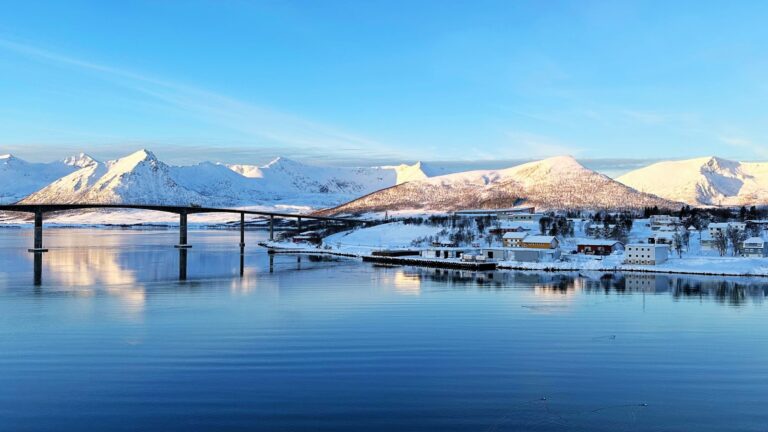
Wherever you are in Norway, you’re never far from the water. All the major cities are coastal, while picturesque villages dot the rocky shores and fjords throughout the country.
The coast has been central to Norwegian life for centuries, shaping the nation’s culture, economy, and way of life.
Norway's Epic Coastline
Stretching from the Oslofjord in the south, around the famous fjords of the west, then extending far beyond the Arctic Circle before curving east to meet Russia at the country’s northernmost point, the Norwegian coastline is truly epic.
But exactly how long is it? Well, believe it or not, that question isn’t as simple as it seems. When writing the first edition of the Moon Norway guidebook, I researched this topic and was astounded to learn that no one actually knows the precise length!
The Coastline Paradox
This mystery is best explained by the coastline paradox—a counterintuitive mathematical concept that proves the length of a coastline depends on the scale of measurement used.
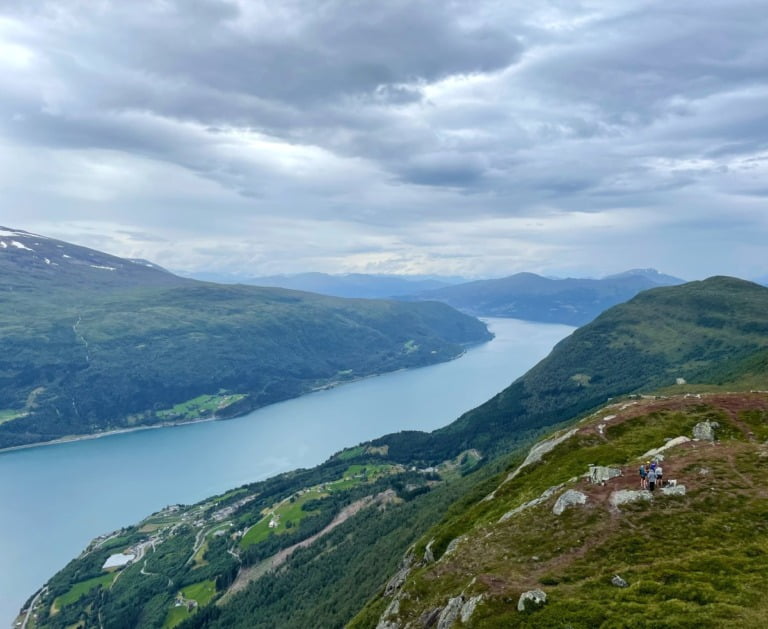
The more closely you measure a jagged coastline, the longer it appears to be. This is because smaller measuring units capture more details of the coastline’s inlets, fjords, and tiny islands.
If you measure a coastline with large units, you’ll miss many of these details, producing a much shorter total.
For example, measuring the coastline of Great Britain with 100 km-long units gives a total length of about 2,800 km. But when the unit size is halved to 50 km, the coastline appears to be 3,400 km long—a more than 20% increase!
Applied to Norway, the effect is even more dramatic. Norway’s coastline is among the world’s most complex, alongside those of Chile and the Pacific Northwest of the United States.
The Norwegian fjords play a huge role here. Just one—Sognefjord—is 205 km long, and that’s without considering its many branches and side fjords. Multiply that by the countless fjords spread across the country, and you start to see the extent of the mathematical problem.
How Long Is Norway’s Coastline?
Surely islands and skerries can’t make that much difference, right? Actually, they do—especially when there are more than 300,000 of them!
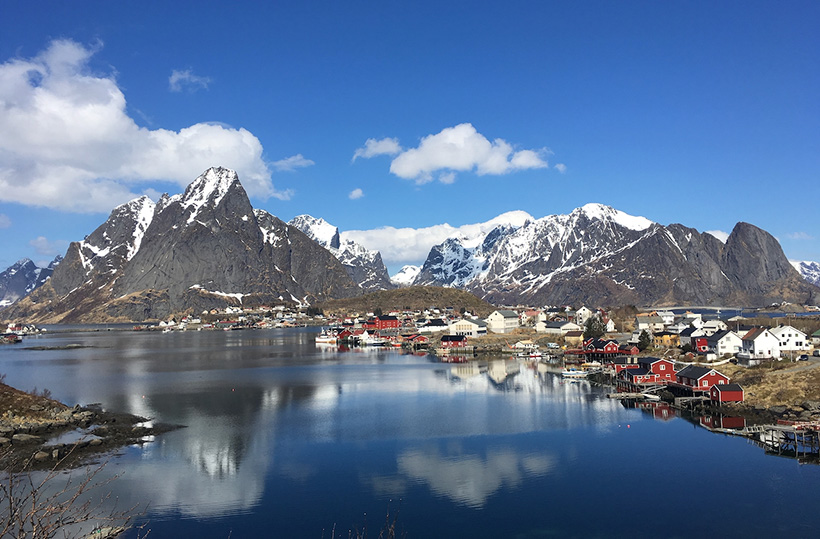
To account for Norway’s complex coastal geography, a 2011 recalculation determined the official length of the coastline, including all islands and fjords, to be 100,915 km—enough to stretch around the Earth two and a half times!
Without islands, the figure drops to 28,953 km, which is still among the longest coastlines in the world. So, if you come across varying numbers in different sources, now you know why!
Famous Coastal Landmarks
Norway’s coastline is home to some truly breathtaking natural wonders and famous landmarks. Here are three of the most remarkable:
North Cape (Nordkapp)
Often referred to as the “top of Europe,” the North Cape is one of Norway’s most iconic coastal landmarks. Rising 307 meters (1,007 feet) above the Arctic Ocean, this dramatic cliff marks one of the northernmost points of the European mainland.
In summer, visitors experience the Midnight Sun, while in winter, it’s a prime location for the northern lights.
South Cape at Lindesnes
Lindesnes, also known as South Cape, is Norway’s southernmost point, home to the country’s oldest lighthouse, which has guided sailors safely along the treacherous Skagerrak strait since 1656.
Saltstraumen
Near Bodø, Saltstraumen is home to the world’s strongest tidal current, where vast amounts of water rush through a narrow strait, creating powerful whirlpools.
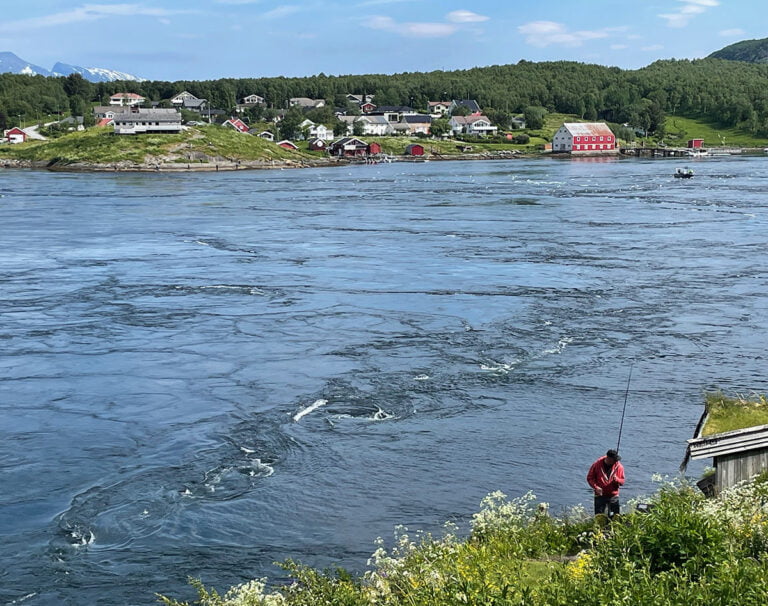
The current can reach speeds of 40 km/h (25 mph), and the area is a paradise for adventure seekers, offering some of Norway’s best fishing and diving.
Trollfjord
A fjord so narrow it almost seems like ships shouldn’t fit! The Trollfjord is a spectacular, steep-sided fjord in northern Norway, only 2 km long but breathtakingly dramatic.
The entrance is just 100 meters wide, creating a thrilling experience for those who visit on coastal cruises or RIB boat tours. The fjord is also famous for its sea eagle population, with regular eagle safaris running from Svolvær.
How to See the Norwegian Coast
To truly appreciate even a small stretch of the Norwegian coast, you have to take to the water.
Not only does this let you experience the stunning scenery, but it also provides insight into Norwegian life and the deep connection between people and the sea.
The ocean-facing coastline around the Atlantic Road looks completely different from the serene, mirror-like waters of the Geirangerfjord, offering a variety of coastal experiences.
You don’t even need to take a dedicated sightseeing boat—regular commuter ferries provide fantastic views at a fraction of the price.
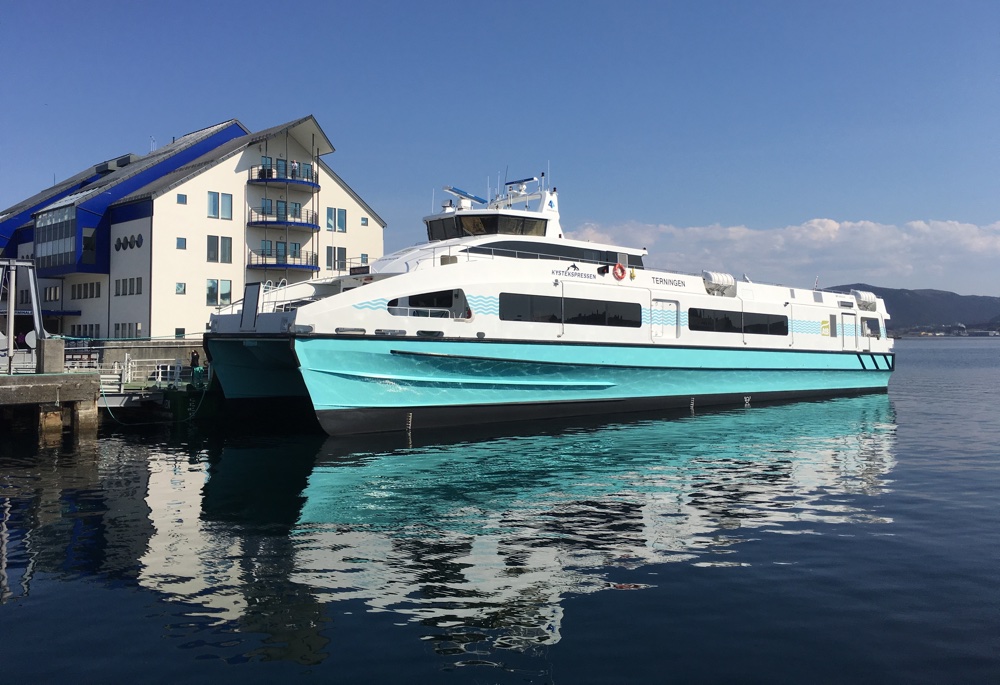
One such example is Kystekspressen, the high-speed ferry linking Trondheim and Kristiansund. While it’s mainly used by commuters, it offers a great way to experience the coastal landscape like a local.
Norway's Coastal Cruises: Hurtigruten & Havila
The most iconic way to experience the Norwegian coast is on a Norwegian coastal cruise, operated by Hurtigruten or Havila Voyages.
The full 12-day voyage runs from Bergen to Kirkenes and back, passing through some of Norway’s most spectacular coastal regions, including the Lofoten Islands, Tromsø, and the North Cape.
You don’t have to take the full round trip—many travelers opt for shorter segments, flying back to their starting point to save time and money.
Unlike a traditional cruise, these voyages are not about onboard entertainment. The experience is all about nature. Instead of Broadway-style shows, you’ll marvel at towering fjords, Arctic wildlife, and, in winter, the magical northern lights.
These vessels also serve as cargo ships and ferries, making stops in small coastal communities where locals board for short journeys. You’re just as likely to see a fisherman heading home as you are to meet a group of tourists.
Havila Voyages operates modern hybrid-powered ships that focus on sustainability, offering a quieter and more eco-friendly way to cruise Norway’s coast.
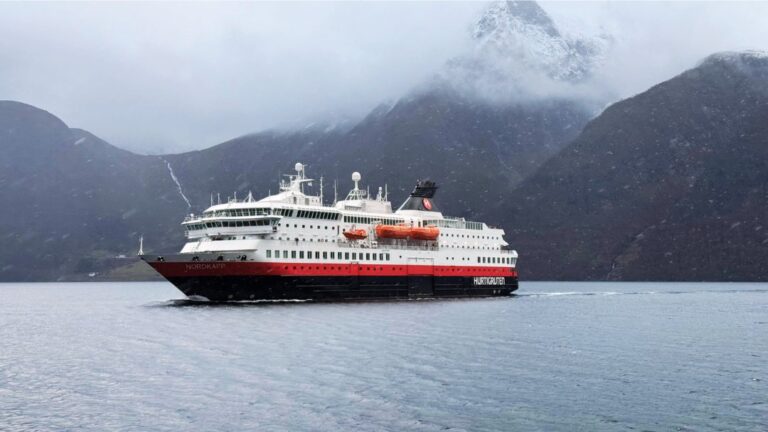
Regardless of which company you choose, a coastal cruise is one of the most unforgettable ways to see Norway.
Norway’s Coastal Culture
Norway’s coastline has shaped the nation’s culture for many centuries. Coastal communities have long relied on fishing, shipbuilding, and trade to sustain themselves.
The Viking Age, for example, saw Norwegians become master shipbuilders and sailors, expanding their influence across Europe.
Today, the seafood industry remains a pillar of the Norwegian economy, with cod, salmon, and king crab among the most important exports.
The coastal fishing villages of Lofoten, Vesterålen, and Finnmark still operate much as they have for centuries, and visitors can experience traditional fishing culture firsthand.
Lighthouses of Norway
Lighthouses have played a crucial role in keeping Norway’s rugged coastline safe for seafarers. Many of these historic lighthouses are now tourist attractions, and some even offer overnight stays.
Lindesnes Lighthouse: Norway’s oldest lighthouse, dating back to 1656. Located at the country’s southernmost point, it offers panoramic views of the Skagerrak.
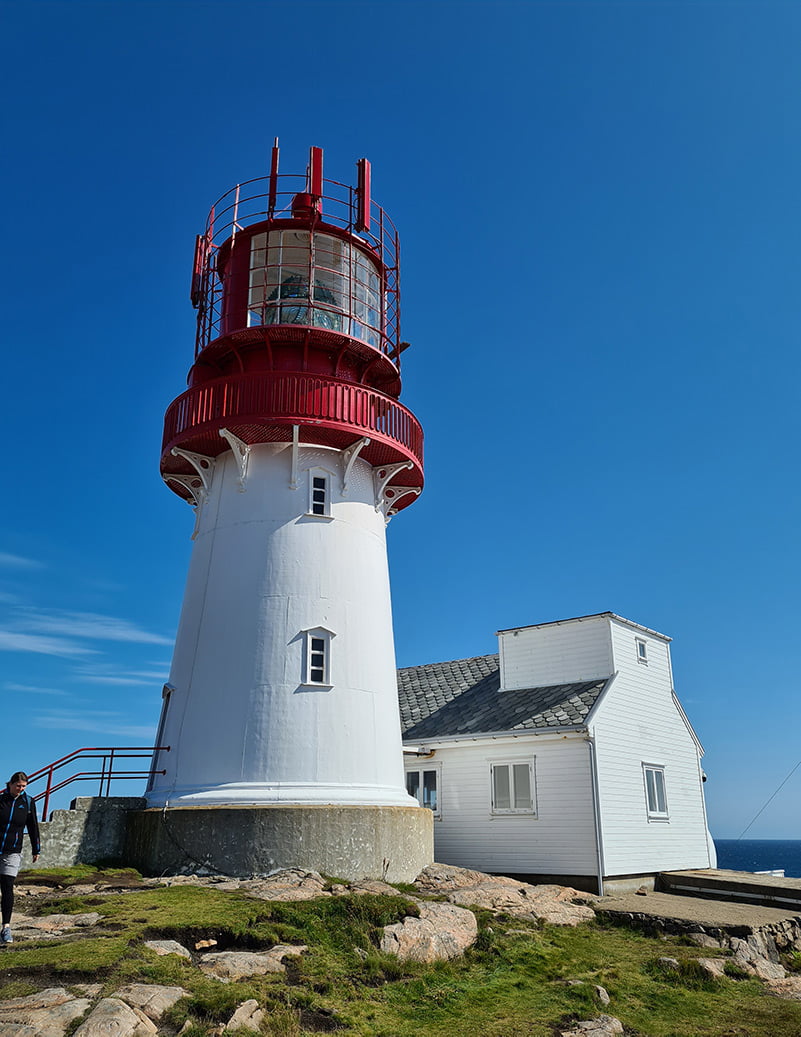
Kjeungskjær Lighthouse: A red, octagonal lighthouse perched on a tiny skerry in Trøndelag, accessible only by boat.
Many lighthouses along Norway’s coast have been converted into accommodation, allowing visitors to stay in historic beacons while enjoying dramatic ocean views.
Extreme Weather on the Norwegian Coast
Norway’s coastline isn’t just beautiful—it’s also one of the most challenging in the world for sailors and fishermen due to extreme weather conditions.
Storms and Strong Winds: Norway’s outer coast is frequently battered by North Atlantic storms, especially in autumn and winter. The Lofoten and Vesterålen regions are known for their particularly fierce gales.
Rough Seas: The open waters of the Norwegian Sea can be notoriously rough, making ferry crossings and boat trips an adventure in themselves.
Rapid Weather Changes: The coast’s proximity to the ocean means weather can change in minutes, with sunshine giving way to thick fog, heavy rain, or sudden snow showers.
Despite these challenges, the Norwegian Coast Guard (Kystvakten) ensures safety along the vast coastline, protecting both people and the environment from maritime accidents, illegal fishing, and pollution.
The Norwegian Coast Guard
With such an extensive coastline and maritime industries playing a crucial role in the economy, Norway relies on the Norwegian Coast Guard (Kystvakten) to ensure safety at sea.
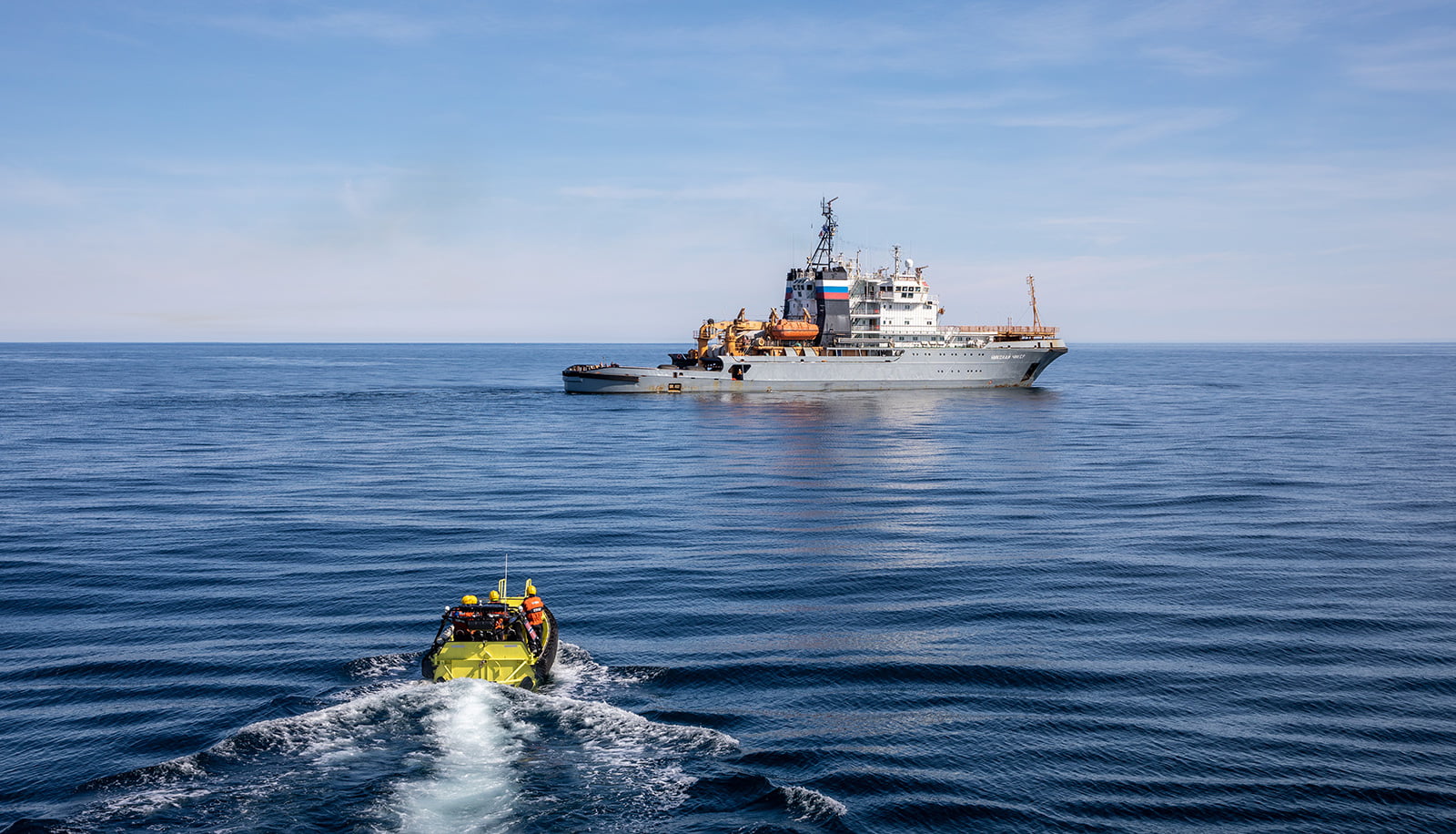
The Coast Guard is responsible for patrolling Norway’s waters, conducting search and rescue operations, enforcing fishing regulations, and protecting the marine environment.
Given Norway’s proximity to the Arctic, it also plays a key role in monitoring and securing the country’s northernmost regions.
Operating under the Royal Norwegian Navy, the Coast Guard has a fleet of vessels specially equipped for Arctic conditions, including icebreakers and offshore patrol ships.
In recent years, it has also focused on preventing illegal fishing, oil spills, and environmental damage in Norwegian waters.
Norway’s extensive search and rescue network is another vital part of coastal life. The country has a well-organised system of rescue services, including the volunteer-run Norwegian Sea Rescue Society (Redningsselskapet), which has been saving lives at sea since 1891.
Have you ever experienced the Norwegian coastline? If you've enjoyed this article or you're planning a trip to Norway, why not share this post on Pinterest? Just hit the social sharing buttons.



The best way to get a true view of Norway is via the Hurtigruten and as I have done for 5 times roundtrip is perfect. Since the nighttime stops going north are visited on the southbound visit and so you get to see northern and southern stops before docking in Bergen. I wish that I could make another roundtrip again as on one of my trips discovered Askrova and viewed the farm of my father’s family. HAPPY TRAVELS!!